Table of Contents
Introduction to the Google Kubernetes Engine (GKE)
Here you will get a quick boost in your tech gallery with Google Kubernetes Engine (GKE), Google Kubernetes Engine is a Completely managed Service for deploying containerized applications at scale through Google’s Infrastructure.
Google Kubernetes Engine (GKE) is Google’s managed version of Kubernetes, the open-source container orchestration platform. With Google’s high experience operating large-scale production workloads on Borg, their in-house cluster management system, GKE provides a reliable and streamlined Kubernetes implementation.
When to Use Google Kubernetes Engine(GKE)
Use GKE when you need a platform that allows you to tailor the infrastructure for supporting your containerized application. This includes configuration aspects such as networking, scaling, hardware, and security. GKE offers the operation capabilities of Kubernetes while also handling various underlying components, such as the control plane and nodes. It’s an ideal choice when you want the flexibility to customise your setup while enjoying the managed services that GKE provides.
Benefits of Google Kubernetes Engine(GKE)
Google Kubernetes Engine (GKE) is a fully managed solution for containerized applications with many benefits that enable you to focus on the development and deployment of containerized applications with its managed capabilities. Here’s a detailed breakdown:
Platform Management:
Fully Managed Nodes
GKE Autopilot mode provides fully managed nodes with built-in hardening and automatic application for best practice configurations.
Managed Upgrades
GKE takes care of the intricacies involved in upgrading your cluster and enhancing security, reliability and compliance. Release channels allow for flexibility in choosing upgrades.
Flexible Maintenance
In the context of GKE “Flexible Maintenance” means you can set how your Kubernetes cluster is performed based on the specific requirements of your business and the constraints of your system architecture. Tailor upgrade types and scopes to meet business needs and architecture constraints with flexible maintenance windows and exclusions.
Nodes Upgrade Strategies
In GKE you have different strategies to upgrade your nodes as per your business needs this will optimize availability and manage disruptions.
Automatic Scaling
In GKE an autopilot mode allows you to scale your node automatically as per requirements autopilot mode, the scaling process is based directly on the number of Pods in the cluster. While Standard mode uses node auto-provisioning.
Node Auto-Repair
GKE ensures node health and availability through automatic node repair.
Logging and Monitoring
Built-in Logging and Monitoring capabilities streamline oversight of your Kubernetes environment.
CI/CD Integration
You can attach your Google Kubernetes Engine with Google Cloud CI/CD. This integration makes your deployment pipeline better. With the integration of Google Cloud Build and Cloud Deploye, it become easy to develop and deploy applications on GKE.
Reliability and Availability
Uptime Commitment
GKE Service Level Objective (SLO) promises 99% monthly uptime. This commitment underscores Google’s dedication to keeping your Kubernetes environment highly available.
Pod-Level SLA in Autopilot Mode
You’ll get benefits with autopilot mode where GKE take care of your managing nods, you benefit from a Pod-level Service Level Agreement (SLA). This means a commitment to the reliability of your pods.
Highly-Available Control Plane and Worker Nodes
Autopilot mode, as well as Standard clusters, features a highly available control plane and worker nodes. This ensures that the critical components of your GKE environment are accessible and robust.
Proactive Monitoring Recommendation
This GKE feature ensures that your system is up and running well, It uses proactive monitoring, which means it keeps an eye on your setup and gives you suggestions on how to handle possible issues before they happen.
Multi-Cluster Service Capabilities
GKE offers multi-cluster service capabilities, enhancing the reliability and availability of your services.
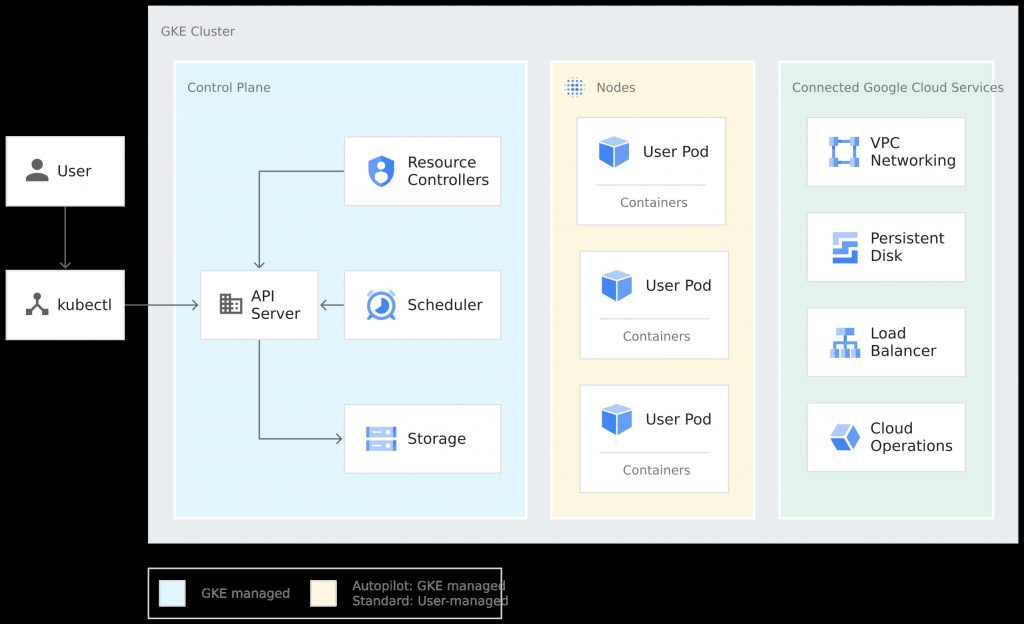
Real-World Use GKE Case: “E-commerce Platform Scaling with GKE”
Above you’ll get complete knowledge about all the features of Google Kubernetes Engine (GKE), Now let’s understand how those features work with real-time industries like ‘E-Commerce Platform Scaling with GKE’:
Scenario:
Consider an E-Commerce company facing varying levels of traffic throughout the year, with high peaks during seasonal sales and promotions. The company’s goal is to provide a seamless and smooth shopping experience for customers while managing resources with optimised costs.
How Google Kubernetes Engine (GKE) Utilized:
- Dynamic Scaling: During normal periods, the E-commerce platform can run on minimal numbers of containers to conserve resources and control costs. However, as sales increase and the peak time comes, the platform uses GKE’s dynamic scaling features to automatically raise the number of containers in response to the anticipated increase in user traffic.
- Load Balancing: GKE is always up to distribute the incoming load equally to dynamically scaled containers. This prevents a single part of the application from becoming a bottleneck, optimizing performance.
- Fault Tolerance: GKE architecture supports fault tolerance by distributing containers across multiple nodes and availability zones. Whenever nodes fail, GKE automatically reschedules containers to healthy nodes, maintaining the availability of the e-commerce platform.
- Rolling Updates: When it’s time to make changes or deploy updates on the e-commerce platform GKE facilitates rolling updates, This means GKE rolled out new updates on the subset of the container while the rest continue to handle user traffic. This feature minimizes the downtime and ensures a smooth transition.
- Cost Effective: GKE is a cost-effective solution for E-Commerce platforms with its Autopilot mode, This helps to automatically adjust the number of containers. During periods of lower traffic, the platform scales down to reduce costs and during peak time it scales up to meet demands, ensuring cost efficiency.
- Application Insights: GKE provides built-in logging and monitoring, allowing the e-commerce company to gain insights into the performance of its applications. This includes tracking user interactions, identifying potential issues, and monitoring resource utilization.
Key Learning Points of Google Kubernetes Engine (GKE)
- Container Orchestration: GKE manages and automates the deployment of containerized applications with the help of Kubernetes.
- Cluster: The group of virtual machines (nodes) in GKE that host and run applications.
- Node: Individual virtual machines within a GKE cluster where containers are deployed.
- Pod: The smallest deployable unit in Kubernetes, representing a running process.
- Deployment: Describes the desired state for a set of pods, enabling updates and rollbacks.
- Service: Enables communication between sets of pods, providing network abstractions.
- Load Balancing: The integrated load balancing feature enables the distribution of traffic across pods.
- Scaling: Adjust the number of replicas (horizontal scaling) or resources allocated to nodes (vertical scaling).
- Autoscaling: Automatically adjust the number of nodes based on resource utilization.
- Logging and Monitoring: GKE offers a tool to monitor and log applications to see performance in real-time and stay in sync with the application.
- Security Features: Includes RBAC, Node Pool Security, and Secrets Management for secure application deployment.
- Integration with CI/CD: Seamless integration with CI/CD tools like Cloud Build for automated application delivery.
Conclusion
In the ever-changing digital infrastructure landscape, Google Kubernetes Engine (GKE) emerges not just as a solution, but also as a catalyst for seamless, scalable, and secure application deployment. As we negotiate the complex world of container orchestration, GKE acts as a beacon, simplifying complications and paving the way for a future in which creativity and efficiency coexist. In the world of cloud-native technologies, GKE is more than just an engine; it is the driving force behind a new era of application administration in which simplicity meets power and options abound.
- Related Articles – Top 3 Kubernetes Deployment Strategies
- Reference links:- Google official documentation

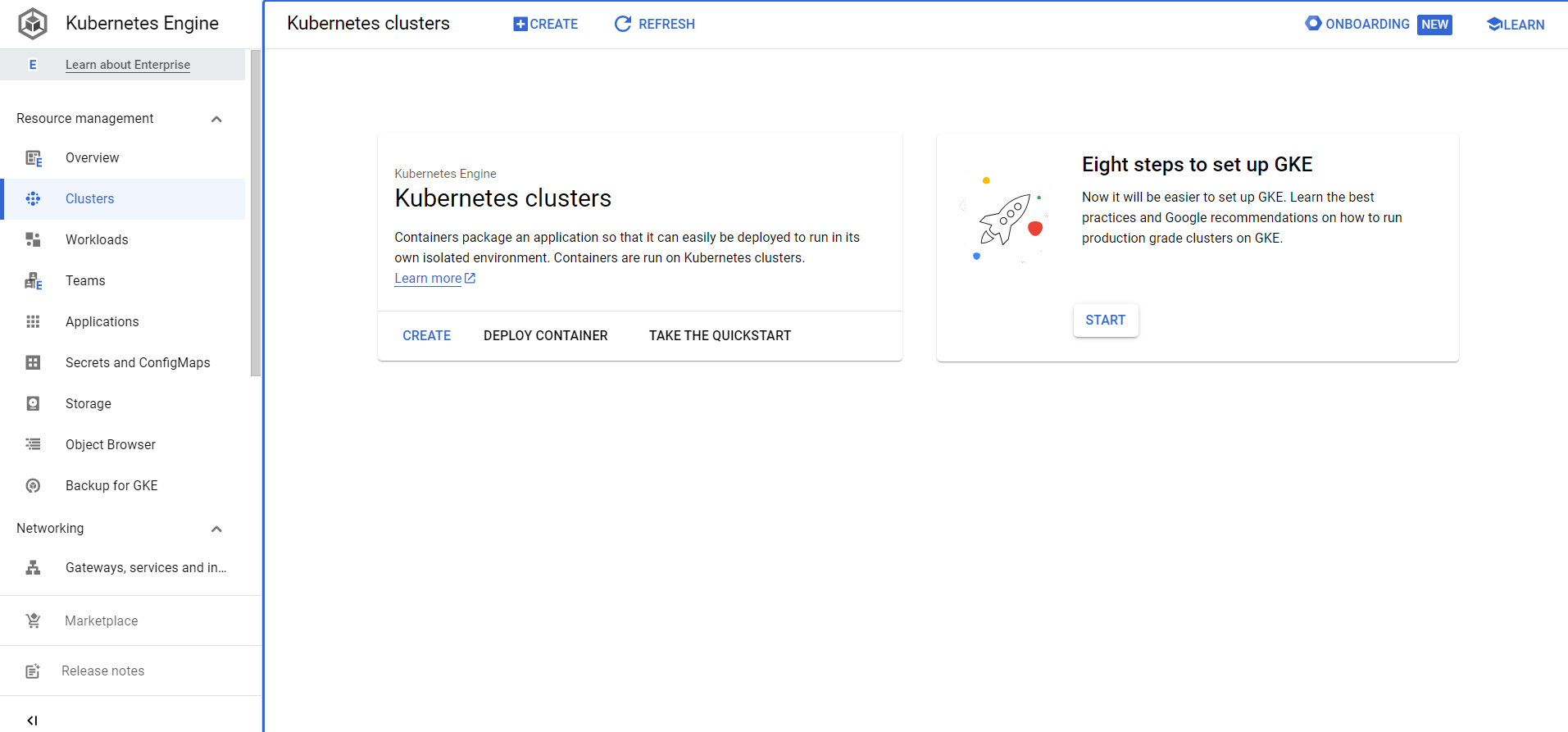
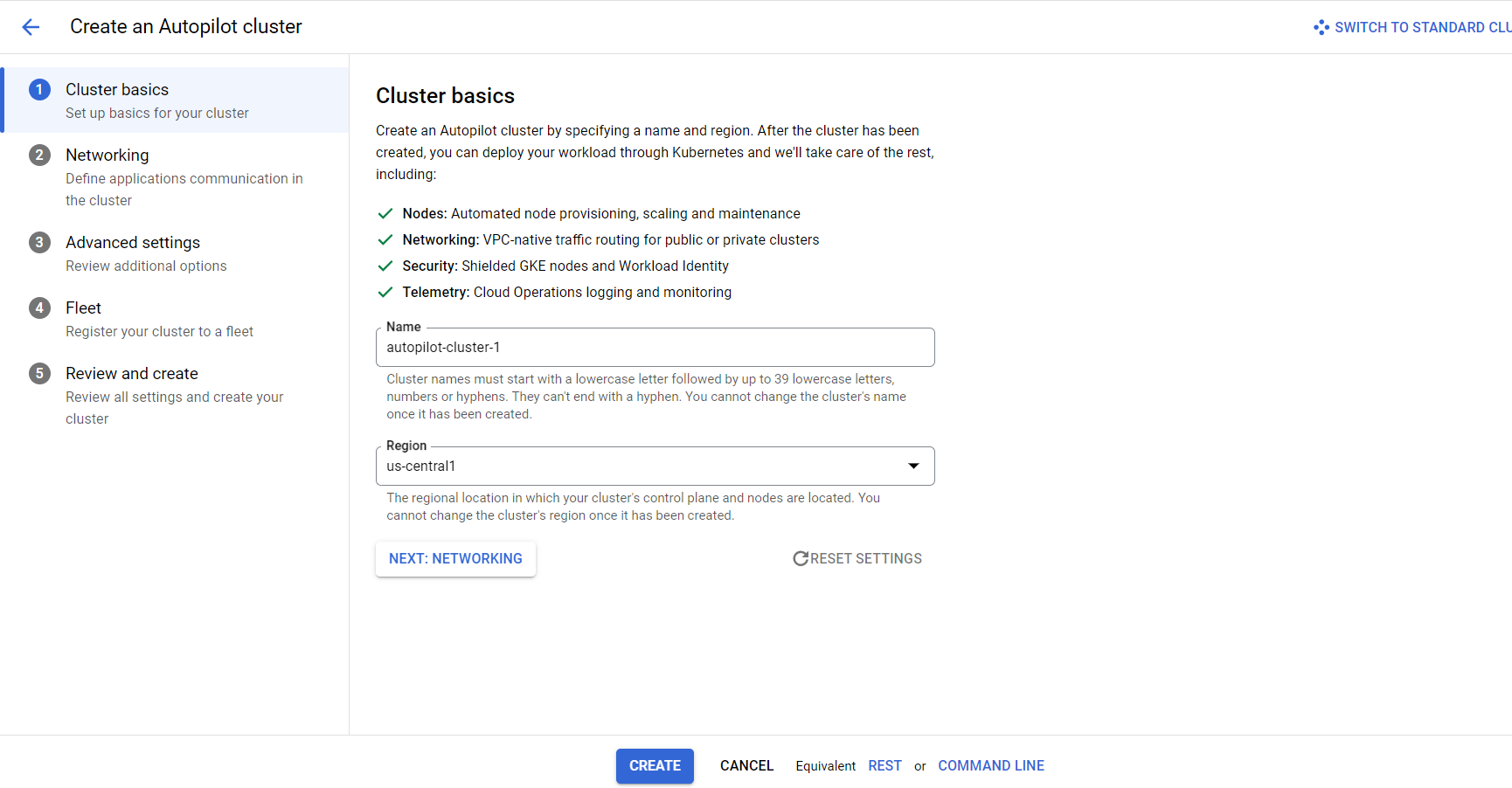
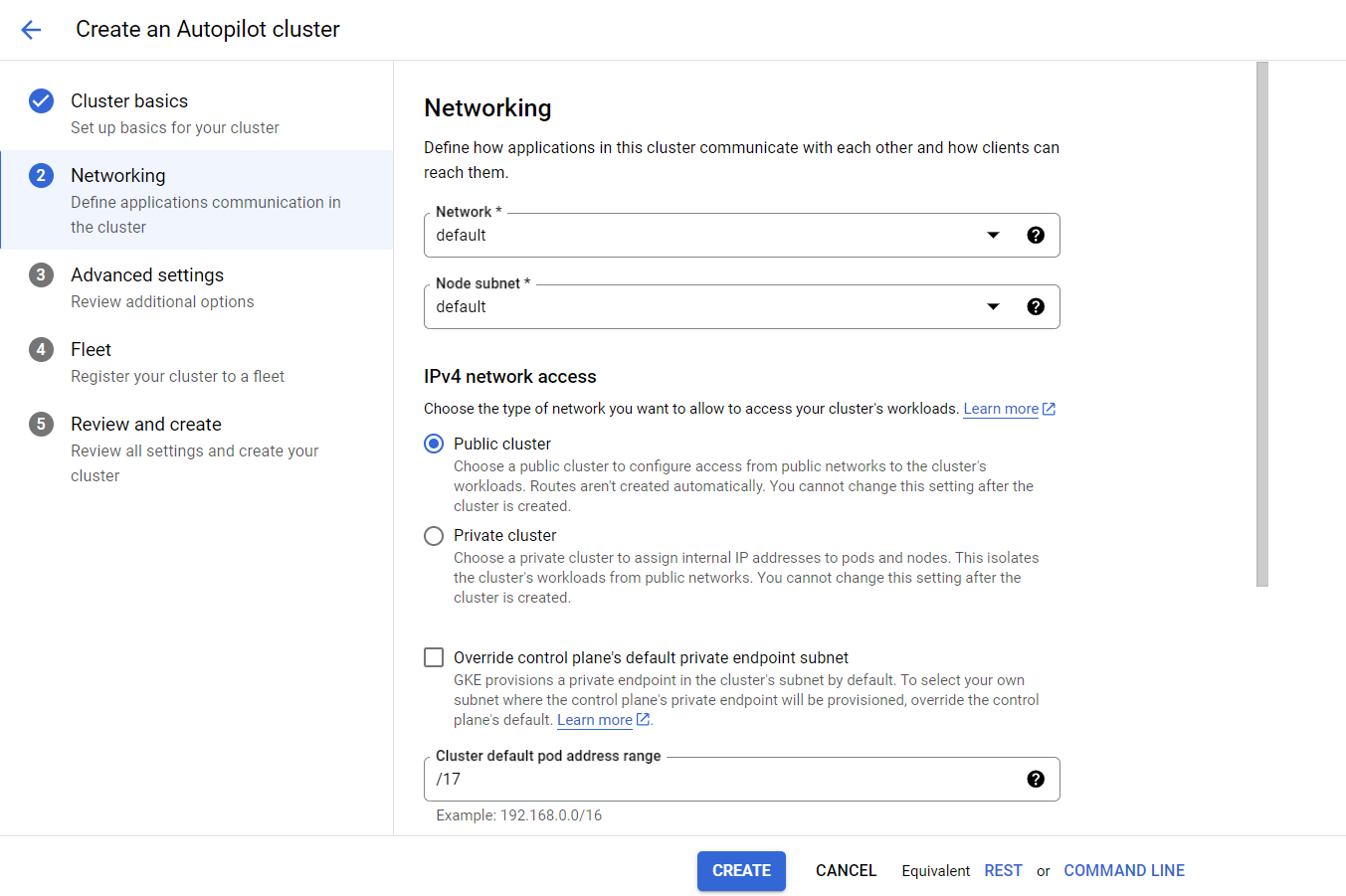
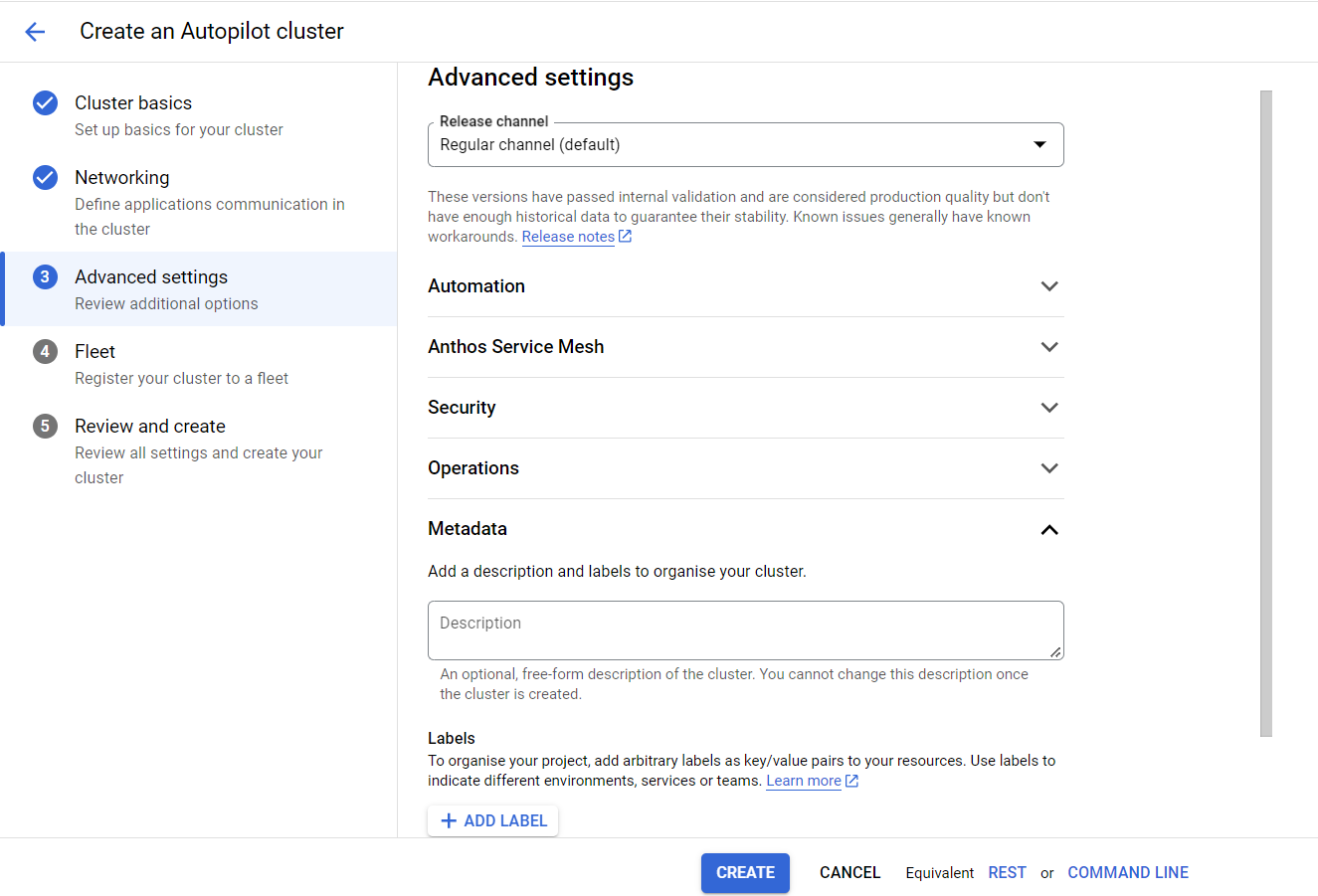
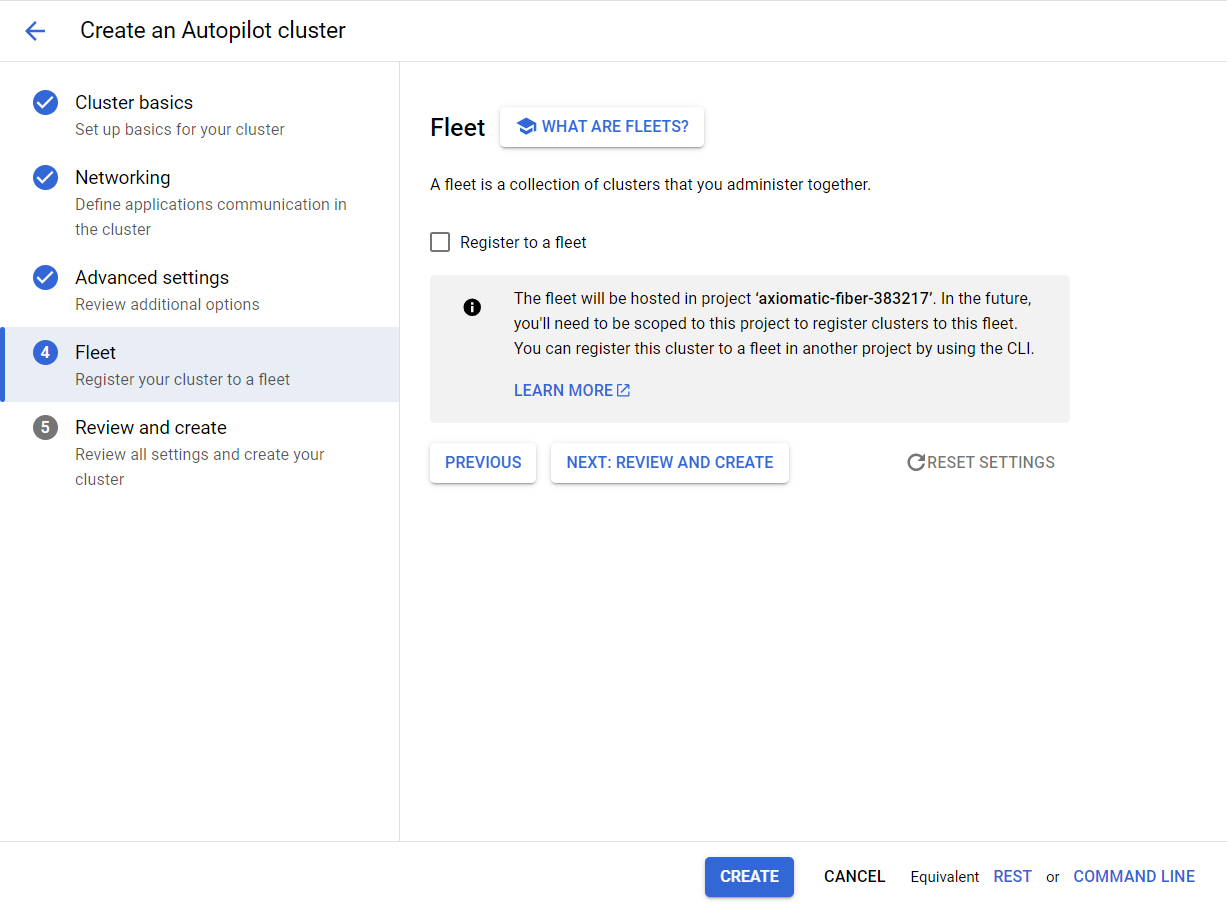
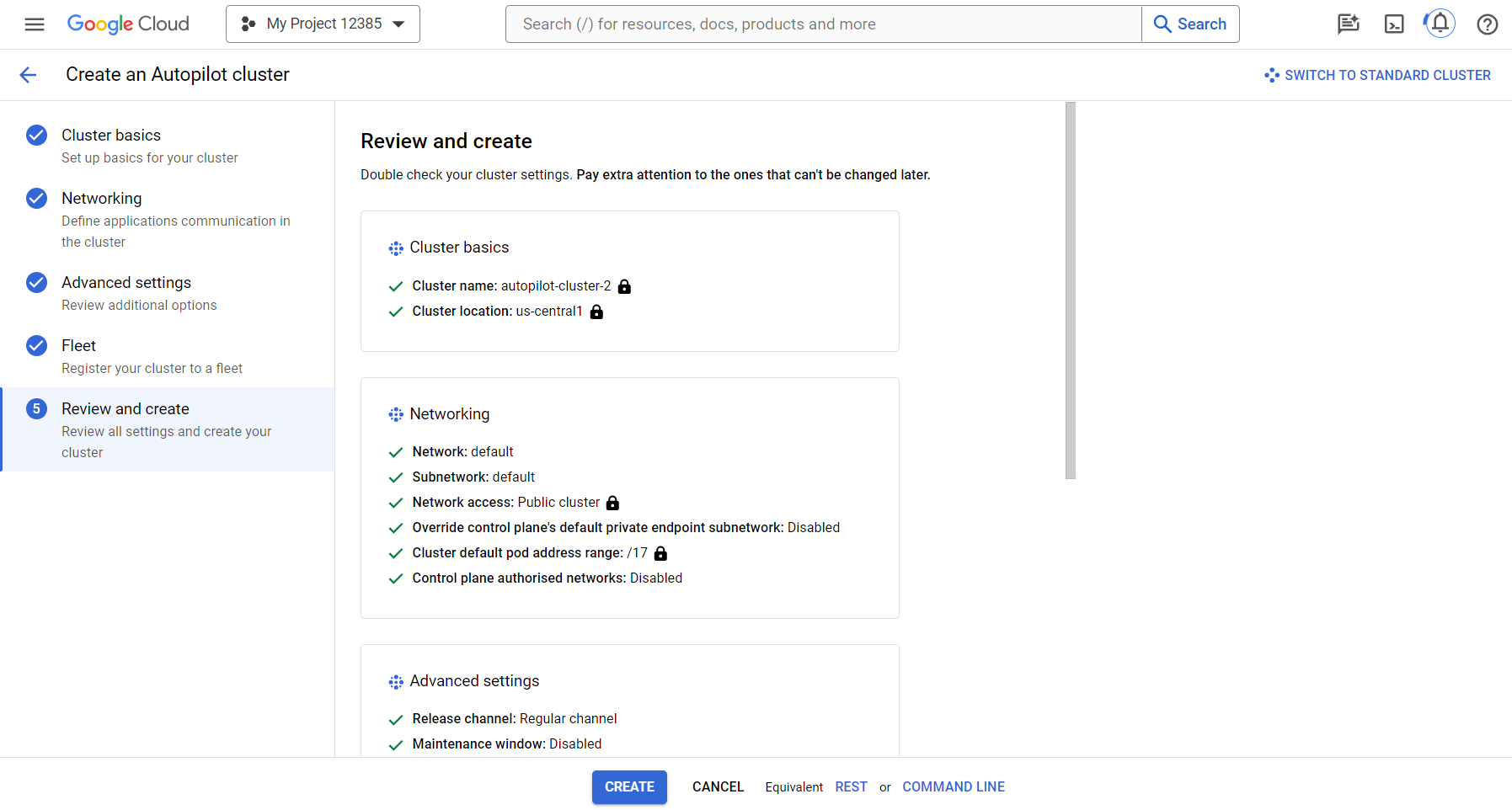
Leave a Reply